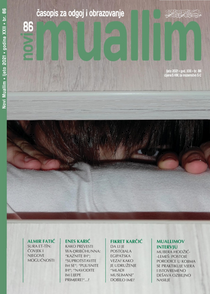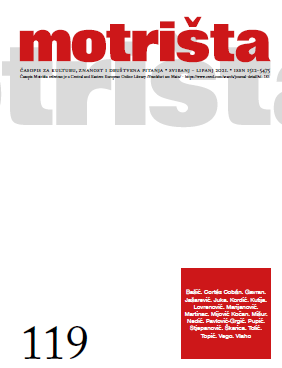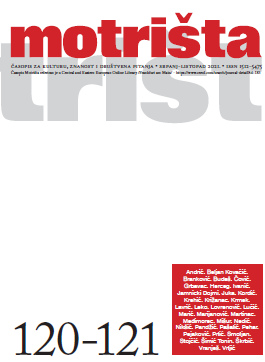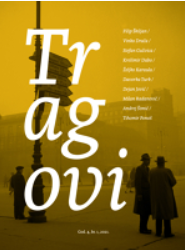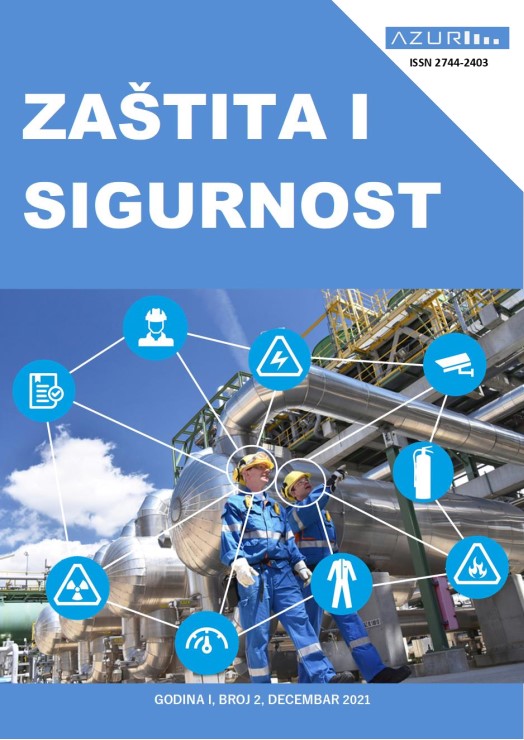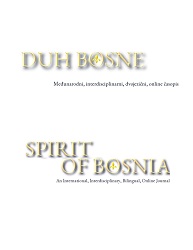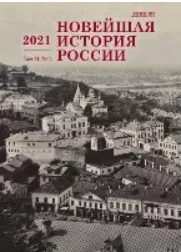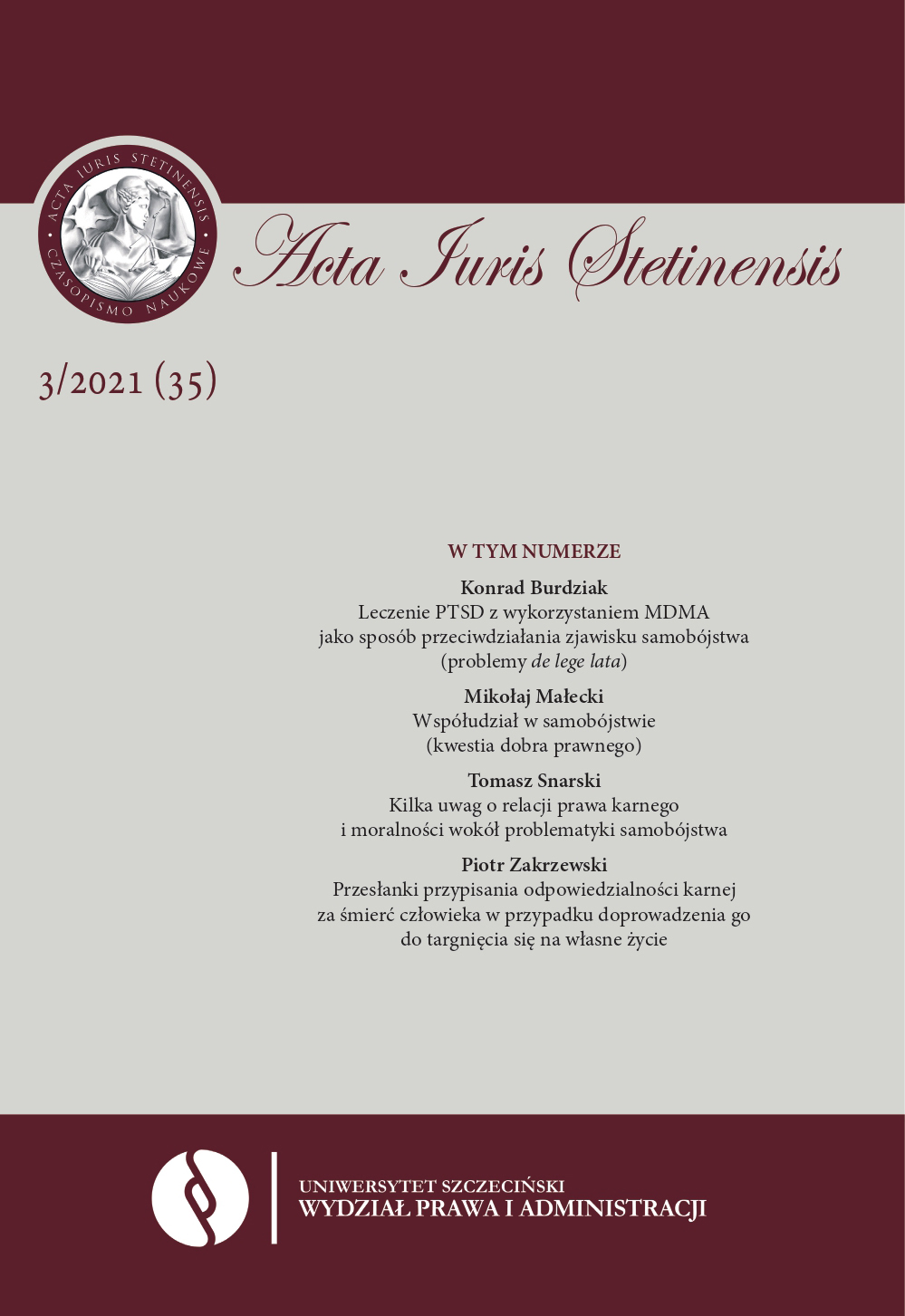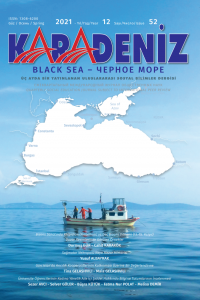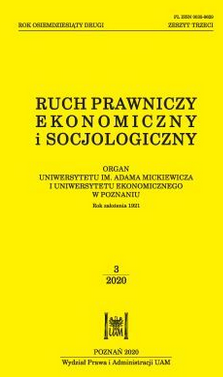
Między polityką a przemilczeniem – pamięć o Zagładzie na Białorusi 1991-2017
The article presents the analysis of the Holocaust in the memory policy in Belarus in 1991-2017. In the paper there was analyzed the policy of the President and Ministry of Education to the Holocaust. The article describes the activities of non-governmental institutions and museums in the protection of the Holocaust memory. The author characterizes how Holocaust memory is reflected in documentary films and contemporary art.
More...
